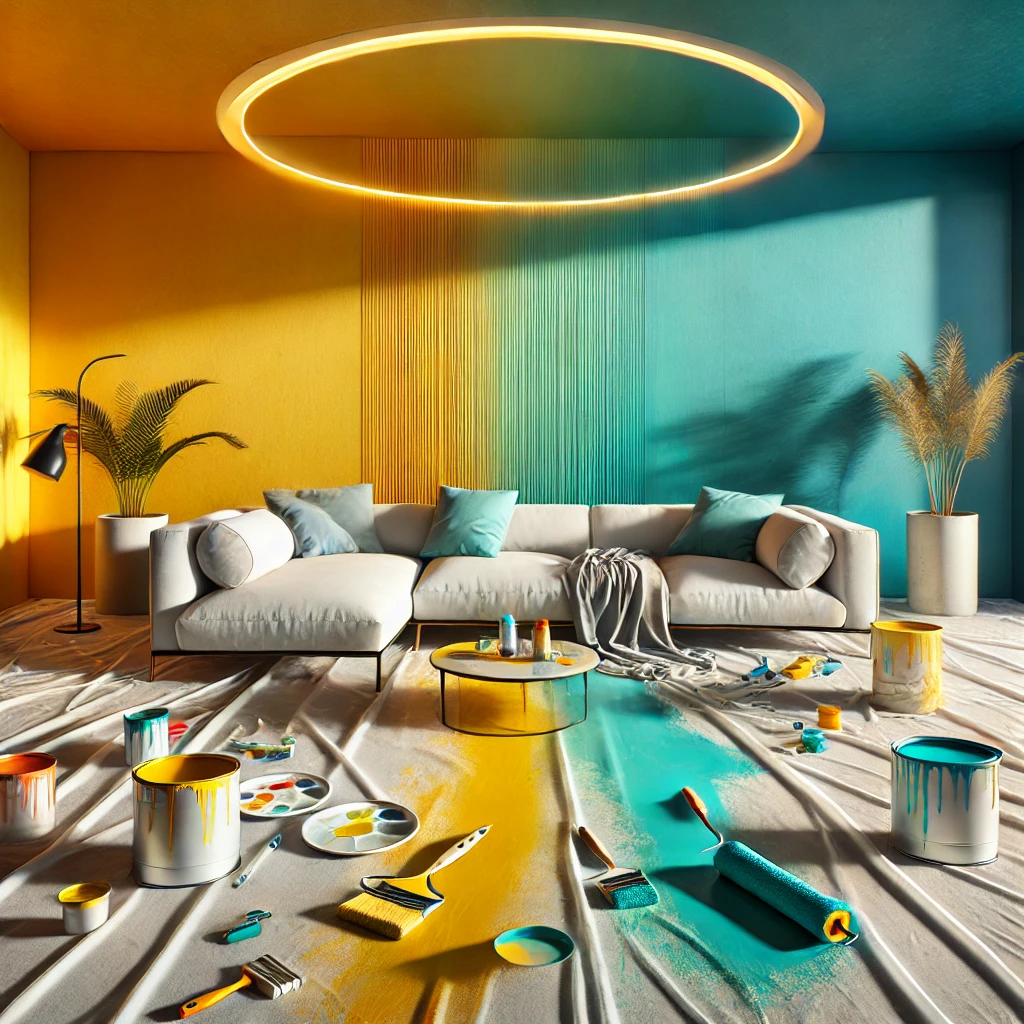The Art of Painting: How to Stay Tidy While You Create
Painting is a wonderfully creative outlet. Whether you’re exploring watercolor, acrylic, or oils, there’s something magical about watching colors blend on a canvas. But let’s face it—paint splatters, brushes pile up, and before you know it, your workspace (and maybe your clothes) look like a disaster zone. The good news is: staying tidy while painting is absolutely possible! In this blog post, we’ll explore practical tips for keeping your creative space neat, so you can focus on unleashing your inner artist.
1. Organize Your Space Before You Start
A tidy environment sets the tone for a productive painting session.
Designate a painting area: Choose a well-ventilated, well-lit spot to work. Keep it separate from areas where clutter can easily pile up.
Lay down protective materials: Place an old sheet or drop cloth on the floor and nearby surfaces. It’ll make cleaning up so much easier if (or when) paint spills happen.
Gather your supplies: Have your paint tubes, brushes, palette, and water cup (for water-based paints) close at hand. This ensures you’re not rummaging through drawers mid-project.
2. Prep Your Tools in Advance
Planning ahead can save you from chaotic mid-painting searches.
Label and group your brushes: Use containers or jars for different brush types—round brushes in one, flat brushes in another—to keep them organized.
Pre-pour your paint: If you’re working with liquid paints, transfer them into a tray or palette. This keeps paint tubes from rolling around your desk.
Use separate water containers: If you’re using water-based paints, have one jar for cleaning brushes and another for fresh water. It’ll cut down on the mess and prevent muddy colors.
3. Stay Mindful of Your Movements
A little awareness goes a long way in controlling drips and splatters.
Move brushes carefully: Rushing from the palette to the canvas can fling paint droplets. Slow down to avoid splashes.
Wipe excess paint off: Keep a rag or paper towels handy, and wipe your brush gently after loading it with paint. This helps keep the paint where it should be—on the canvas.
Close paint tubes and containers: Whenever you’ve got the right amount of color on your palette, seal those lids. It prevents spills and keeps your paints from drying out too fast.
4. Clean as You Go
Don’t wait until the end of your session to start tidying up.
Rinse brushes regularly: Leaving brushes to sit in paint can lead to stiff bristles and a tricky cleanup job later.
Wipe up spills immediately: A quick dab with a damp cloth can prevent permanent stains on your tabletop or floor.
Keep a trash bin nearby: Whether it’s paint-soaked paper towels or dried paint tubes, toss them in a trash bag or bin to avoid clutter piling up around you.
5. End-of-Session Routine
Give yourself a few minutes at the end of each painting session to tidy up.
Wash and store brushes: Rinse thoroughly with water and mild soap (for water-based paints), or use the appropriate brush cleaner for oil paints. Shape the bristles before placing them upright in a jar to dry.
Clean palettes and containers: Scrape off any leftover paint and wash containers promptly—dried paint can be more difficult to remove.
Organize your paints: Recap tubes, wipe off drips, and store them in a cool, dry place. Keep them grouped by color or medium for easy access next time.
6. Benefits of a Tidy Painting Habit
Why is tidiness so important for artists?
Boosted creativity: A clutter-free environment can help clear your mind, allowing creative ideas to flow more freely.
Longer-lasting tools: Properly cleaned brushes and palettes mean less damage and wear-and-tear, saving you money in the long run.
Faster setup next time: When you maintain a tidy workspace, you can jump straight into the fun part (painting!) during your next session.
Final Thoughts
Painting is an expression of imagination, emotion, and skill—all swirled into one. Keeping your work area neat doesn’t have to be a chore; it’s part of the artistic process that protects your tools and preserves your focus. By prepping your space, cleaning as you go, and building tidy habits, you’ll be free to immerse yourself in your art without distractions. So set up your canvas, lay out those brushes, and paint away—tidiness included!
Remember: a tidy painting space is a happier, more inspiring painting space. You’ll enjoy your art more, your supplies will last longer, and you’ll feel more confident diving into each new masterpiece. Happy painting and happy tidying!

great post